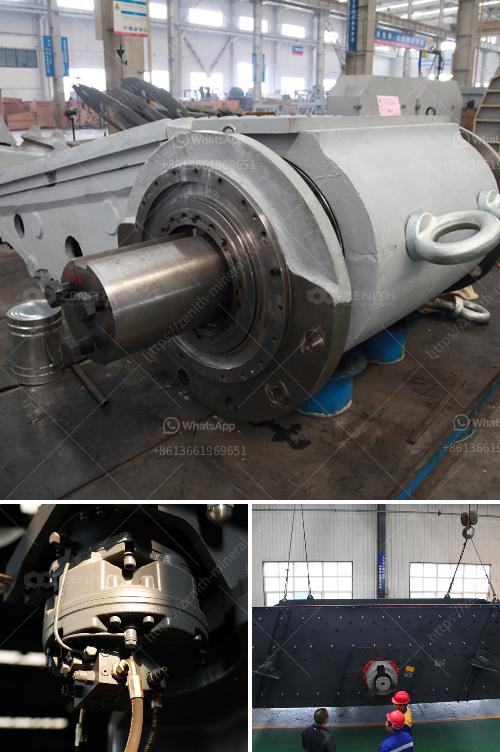Installing a stone crusher plant in Sikkim involves several steps and compliance with local regulations and policies. Here is a general guide to help you with the installation:
1. Preliminary Research and Planning
- Site Selection: Choose a suitable location that is close to raw material sources and has good accessibility.
- Feasibility Study: Conduct a thorough feasibility study to understand the market, financial requirements, and potential ROI.
- Environmental Clearance: Since Sikkim is an ecologically sensitive area, acquiring environmental clearances is crucial. Ensure that the location meets all environmental guidelines and policies.
2. Legal Formalities and Permits
- Land Acquisition: Secure the land required for the plant through purchase or lease.
- NOC from Pollution Control Board: Obtain a No Objection Certificate (NOC) from the Sikkim State Pollution Control Board.
- Business Registration: Register your business with the appropriate government bodies.
- Mining License: If applicable, secure a mining license or lease for sourcing raw materials.
3. Infrastructure Setup
- Utility Connections: Establish connections for utilities such as electricity, water, and waste management.
- Construction: Build necessary infrastructure including access roads, buildings, and storage areas.
4. Equipment Procurement and Installation
- Machinery Selection: Choose appropriate stone crushing machinery and equipment. This may include jaw crushers, cone crushers, and screens.
- Vendor Selection: Partner with reputable suppliers for quality machinery.
- Installation: Install the machinery according to the manufacturer’s guidelines. Ensure that the installation adheres to safety standards.
5. Staffing and Training
- Hiring: Employ skilled and semi-skilled labor for various operations.
- Training: Train your team on the operation and maintenance of the plant and safety practices.
6. Operations Management
- Initial Testing: Conduct initial testing to ensure all machinery and processes are working smoothly.
- Process Optimization: Continuously monitor and optimize the crushing process for efficiency.
- Maintenance: Regularly maintain machinery to ensure longevity and prevent breakdowns.
7. Compliance and Reporting
- Regular Inspections: Ensure regular inspections for compliance with environmental and safety regulations.
- Documentation: Keep records of all operations, maintenance, and compliance activities for auditing purposes.
Additional Tips
- Local Community Engagement: Engage with the local community to address any concerns they may have and to build a supportive relationship.
- Sustainable Practices: Implement sustainable practices to minimize the environmental impact.
Consult with local authorities and experts to ensure compliance with all state-specific laws and regulations. Additionally, working with an experienced contractor can help streamline the process.

